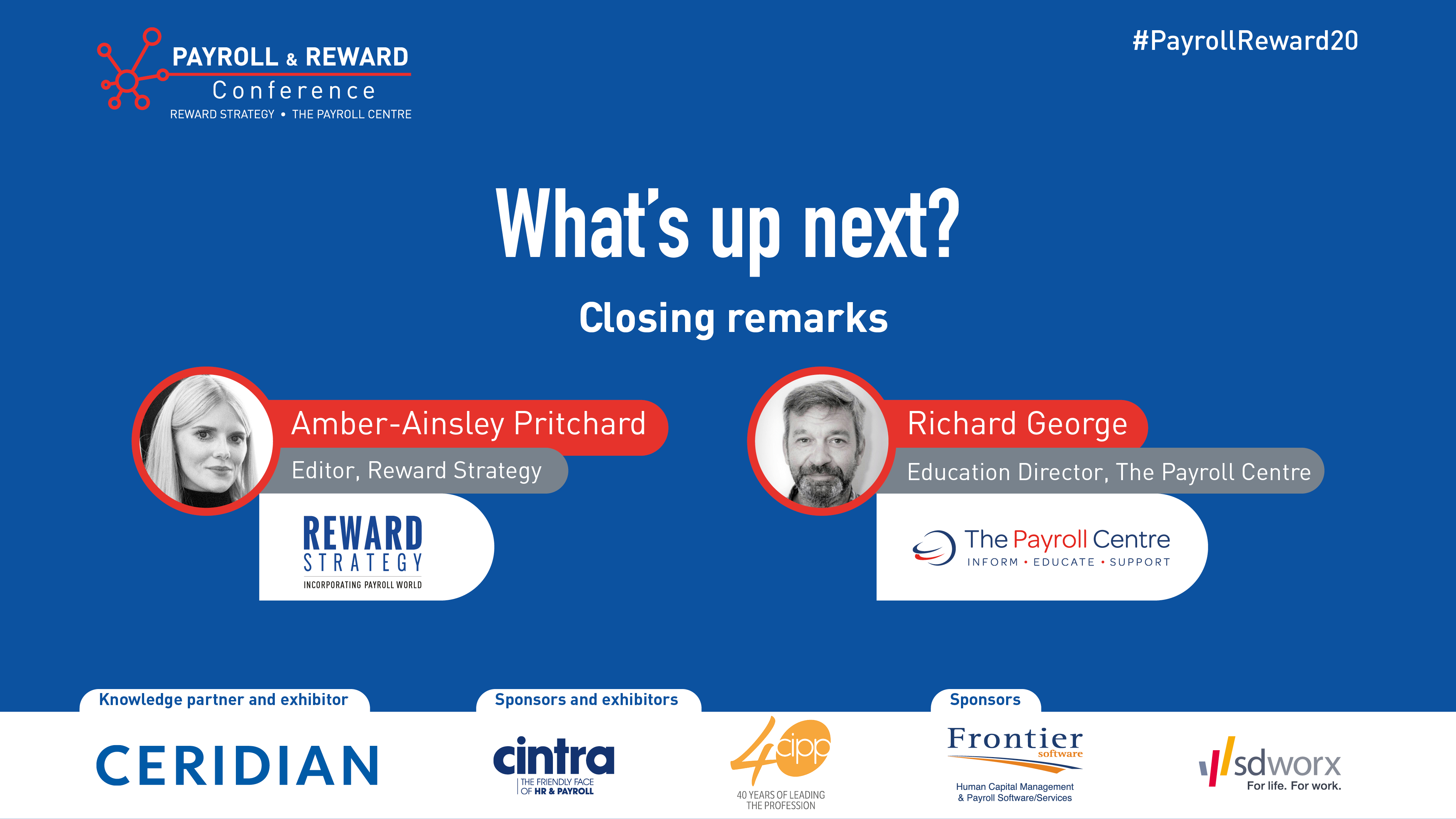Intelligence, community and recognition for pay and reward professionals.
Taxing times for prudent pension savers
The Chancellor’s inaugural Spring Statement didn’t include any pension policy announcements, which was very much as expected. Alan Morahan, managing director, DC Consulting, Punter Southall Aspire, comments.
Philip Hammond had already stated that Spring Statements would not be “major fiscal events,” but would be used to respond to forecasts from the Office for Budget Responsibility.
However, that does mean that we still have a budget to look forward to in 2018 which could have implications for pension tax relief.
In January 2018, Her Majesty’s Revenue and Customs (HMRC) released forecasts for all forms of income tax relief and indicated that the cost of relief for registered pension schemes was set to hit £24bn for 2017/18, with another £16.9bn being attributed to National Insurance (NI) exemptions on employer contributions. That’s a total of £41bn, which you could imagine any chancellor would like to get their hands on to use in other ways. That amount is also very likely to rise substantially, particularly because we are on the cusp of the first of two increases to auto-enrolment rates – an increase from a minimum of two percent to five percent this April and then from five percent to eight percent next April.
Now it should be pointed out that whilst Philip Hammond hasn’t touched pension tax relief yet, his immediate predecessor, George Osborne was constantly nibbling away at it. Osborne made six changes in seven years, including cuts to the lifetime allowance and the annual allowance, which especially impacted higher earners with the introduction of the tapered annual allowance.
These changes have resulted in some prudent pension savers "saving too much" and incurring either lifetime or annual allowance tax charges. The Treasury stated that the lifetime allowance tax take for 2011/12, when the lifetime allowance stood at £1.8m, was £47m. In the tax year 2015/16 the lifetime allowance had reduced to £1.25m and the tax take had increased to £125m.
It’s easy to imagine that this will rise again as a result of the further reduction to the lifetime allowance to £1m in 2016/17. HMRC says: “Self-assessment returns for the tax year 2016/17 are due by 31 January 2018. Therefore, we do not currently hold this information.”
For the same reason, we do not know yet what impact the tapered annual allowance has had, but it may well be that some high earners will have received unexpected tax demands as a result of submission of their 2016/17 self-assessment returns. The tapered annual allowance can have the effect of reducing an individual’s annual allowance resulting in an annual allowance tax charge. And this charge could have happened simply because they were benefitting from an employer pension contribution. That could result in some interesting conversations between disgruntled employees and their employers.
Employers may argue that all of this is ultimately a personal tax issue for individuals to deal with, but the more accommodating employers have options in place for people affected by either lifetime or annual allowance changes.
The options include:
•Simple cash allowance equivalent – a decision needs to be taken regarding the additional employer NI; is the additional cost borne by the employer or offset in the cash allowance?
•Setting the employer’s contribution at a flat £10k PA for staff affected by the tapered annual allowance. The challenge is how to identify affected staff.
•Providing access to financial advice to support employees with alternative investment options for funds that would previously have gone into pension
•Considering flex options and including pensions as part of the optional package (provided these meet AE minimum thresholds)
•Introducing Corporate ISA and other platform investment options
It does seem harsh that some people, who defer spending in favour of saving to allow them to spend in the future, are being penalised. However, some careful planning, some flexibility from employers and good knowledge of the rules may allow contributions to continue without incurring additional tax charges.







